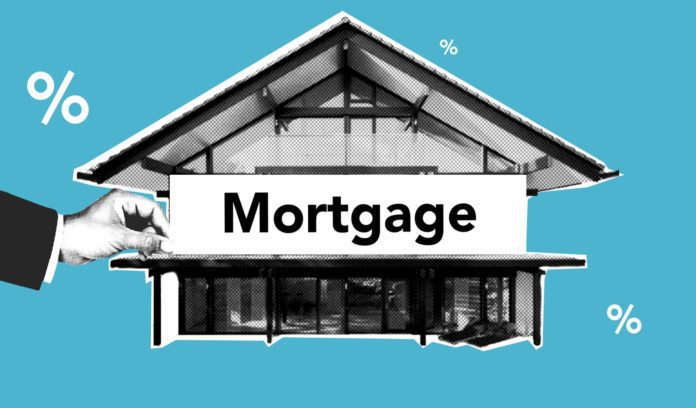By Grace Atieno
Studies have shown that many Saccos struggle with the promise made to members concerning dividend payouts.
Many of these Saccos pay dividends from unforeseen profits, an unhealthy practice that leaves many heavily indebted and exposed to insolvency.
A census study was conducted involving 179 DT Saccos. This study used a cross-sectional design to obtain data from all registered DT Saccos in Kenya at 179 over eight years (2012-2019).
Data modelling was used. The findings showed that firms were experiencing declining profits during the study period.
During this period, these Saccos failed to improve their ability to generate resources while they maintained high dividend payouts to members.
The practice in many of these Saccos is to borrow to pay dividends to members. Directors seeking re-election at the next annual general meeting usually lobby based on how much dividend has been paid.
Small-sized Saccos have a higher dividend payout compared to large ones. Indeed, smaller Saccos use dividends as a business strategy to retain and attract new members, thereby augmenting their capital.
Saccos are designed to provide a place where members can save their money and a depository of funds where members may borrow in time of need.
If one of these is more important than the other, it is the first. In some places, employer-based Saccos, in particular, payroll deduction or check-off plans have been instituted. Under these plans, the employer agrees to withhold a certain amount from the employee’s paycheck each pay period and deposit it in the Sacco.
Saccos must focus on providing affordable loans to members because earnings from these loans will determine the dividends on share capital- computed based on financial performance at the end of the year and recommendations made by the AGM and Directors.
DT Saccos provide savings and loans accounts with loans calculated at 3-5 times a member’s savings.
The loans are secured by the members’ deposits and other members’ guarantees.
At the height of the pandemic, the Sacco Societies Regulatory Authority (SASRA) issued guidelines that only deposit-taking Saccos that had declared a surplus and demonstrated capacity to pay the declared dividend in their approved audited accounts without relying on external borrowings were at liberty to pay dividends and interest on members’ deposits.
Low interest on loans has a massive impact on members’ economic empowerment. Members can accomplish much more with affordable credit than waiting for a one-off payment at the end of the year. A Sacco offering a high return is a good one to invest in, but the one offering lower interest on loans will enable you to achieve your development goals.
Affordable credit can help consumers make key purchases. Affordable home loans, for example, give many the opportunities to work toward financial security and to build intergenerational wealth.
Consumers with access only to lower-quality, higher-cost credit sources are likely to experience lower levels of financial health.
Saccos are not-for-profit, they are member-owned, and democratically controlled depository institutions. They deliver big financial and nonfinancial benefits. Unlike banks, Saccos have no stockholders, which means they return profits directly to consumers — not to outside investors.
But the greatest benefit is their management is firmly focused on maximizing service to members. They may be smaller, but have a more local presence, and provide a more personal approach to consumer service. These unique characteristics produce significant pro-consumer outcomes for Sacco members – and for society at large.





